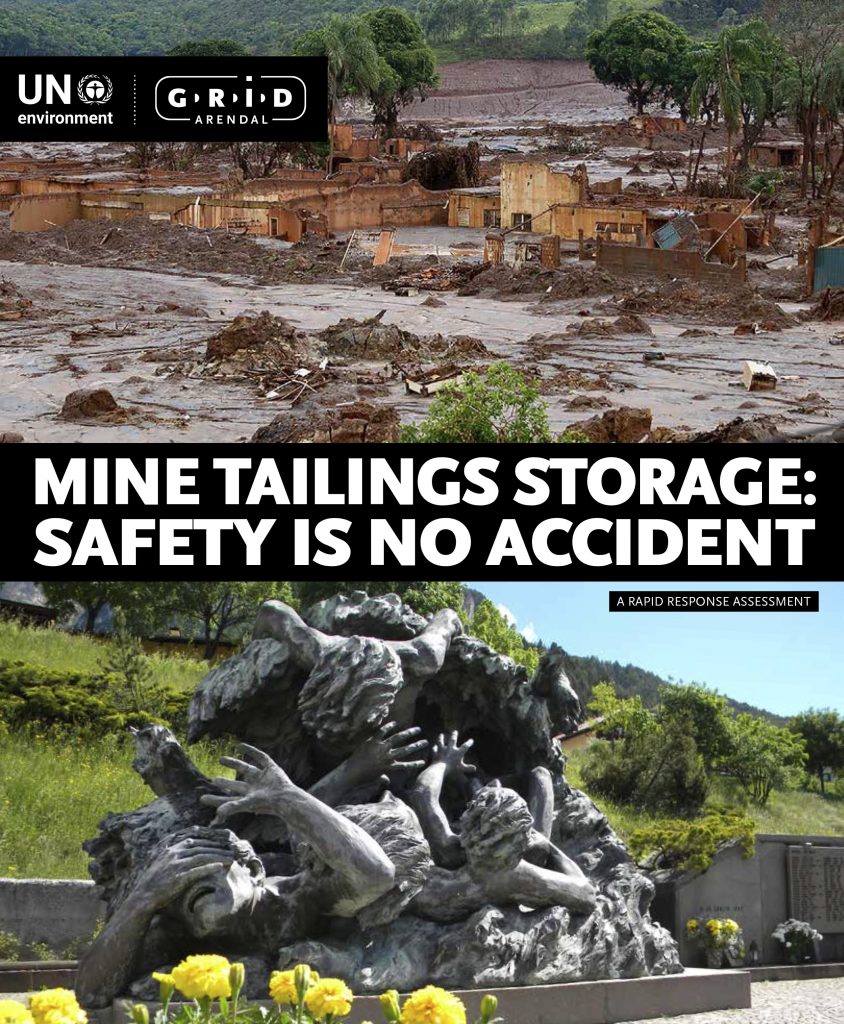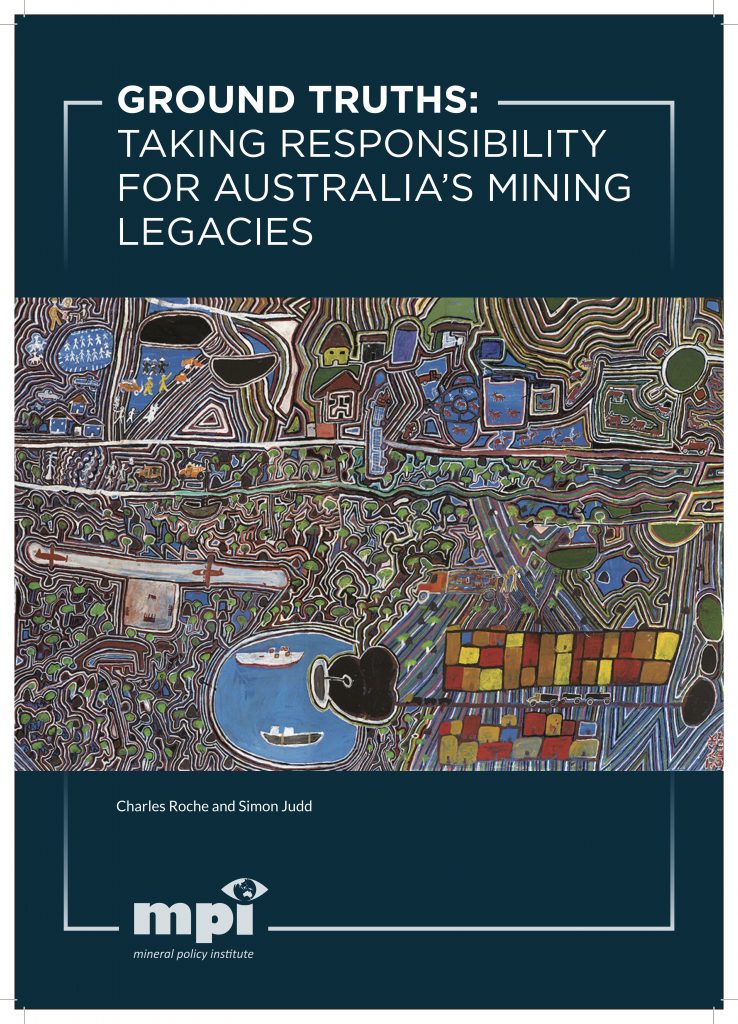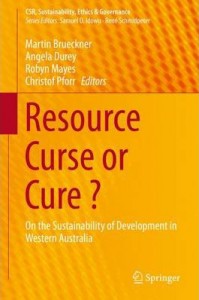Mines are loved by proponents and governments, seen as beacons of prosperity and often fast-tracked through the very assessment, regulation and monitoring procedures that would have improved them. But the impacts from mines are often unrecognized because while humanity is great at digging holes, we still have a poor understanding of how that impacts on the people that surround them and the environments they depend on.
This page includes a recent (July 2021) article which is a synthesis of a special issue on mining legacies, a report for the UNEP on tailings dams disasters, a chapter on the environmental impacts of mines in Western Australia and articles/reports from MPI’s long-term focus on mining legacies – An approach we started using to more honestly evaluate old and new mines.
A mining legacies lens: from externalities to wellbeing in extractive industries
Charles Roche, Lian Sinclair, Rochelle Spencer, Hanabeth Luke, Martin Brueckner, Sally Knowles, Megan Paull,
The Extractive Industries and Society, 2021, 100961, ISSN 2214-790X
https://doi.org/10.1016/j.exis.2021.100961.
Abstract: Mining has contributed to human development and technological prowess over several millennia. Accompanying this practical contribution has been a growing set of interrelated impacts that society has slowly began to acknowledge. The accumulation of externalities—or impacts on people and planet—are referred to as mining legacies, denoting both current and long-lived outcomes, ranging from pollution to community fragmentation to intergenerational embodiment. Mining legacies have origins, causes and impacts in both the physical process of mining and the industry’s complex role in society, where it has been integral to colonial expansion, imperialism and global capitalism. This synthesis of the special issue Mining Legacies: Still breaking new ground explores the concept of mining legacies as a term capable of capturing a more expansive understanding of interrelated and complex impacts on society, where heterogeneous modes of existence clash with the dominant Western mining paradigm and global, capitalist development. Articulating a mining legacy lens contributes to orthodox debates on mining policy and managing specific impacts, while also challenging understandings of the underlying values, potential benefits, and externalities of extractive-led development. This synthesis also offers deeper insights into community agency and resistance as well as wellbeing and governance, also offering up possibilities for transforming negative legacies.
Use your library access or contact the author.
Keywords: Mining legacies; Resistance; Complexity; Wellbeing; Resilience; Governance
Mine Tailings Storage: Safety Is No Accident
Editors: Roche, C., Thygesen, K., Baker, E.

Preface: Mining companies, communities and governments recognize that mine waste, contaminated water and land pollution damage lives and livelihoods but also threaten the development of the mining sector. For this reason, they are committed to
Despite many good intentions and investments in improved practices, large storage facilities, built to contain mine tailings can leak or collapse. These incidents are even more probable due to climate change effects. When they occur, they can destroy entire communities and livelihoods and remain the biggest environmental disaster threat related to mining.
The mining industry has acknowledged that preventing catastrophic tailings dam incidents with zero fatalities and environmental protection is fundamental and achievable. For decades, companies, industry bodies and regulators have been continually improving best practice guidelines for the construction and management of tailings dams. However, eliminating all catastrophic incidents remains a challenge.
The United Nations Environment Rapid Response Assessment on mine tailings looks at why existing engineering and technical knowhow to build and maintain safe tailings storage facilities is insufficient to meet the target of zero catastrophic incidents. It examines the ways in which the established best practice solutions in international collaborative governance, enhanced regulations, more resource efficient approaches and innovation could help to ensure the elimination of tailings dam failures. It uses case studies from different parts of the world to highlight the efforts of industry to reduce mine waste and stimulate new activities while suggesting how these could be accelerated through regulatory or financial incentives.
It is hoped that this report will encourage targeted action at the policy and technical level to make zero catastrophic incidents become a reality and ensure that economic prosperity is fully compatible with community health and safety.
Ground Truths: Taking Responsibility for Australia’s Mining Legacies
Authors: Roche, C & Judd, S

Intro:This report sets out to explain some of the current and
The dichotomy between successful mine closure or enduring mining legacies is clear. Closure is
An Overview of Mining and the Environment in Western Australia
Authors: Roche, C & Mudd, G

Intro: This chapter identifies and explores the common environmental
(in) Resource Curse or Cure (Brueckner, Durey, Mayes, Pforr)
In June 2011, the Sustainable Regions and Communities Working Group
at Curtin University, Western Australia (WA), held a workshop examining
the challenges and opportunities for sustainable wealth creation in
Western Australia. Unsurprisingly, with WA being one of the world’s
largest resource provinces, much discussion centred around mining and
its economic contributions as well as its social and environmental
costs. The presentations and stimulating discussions on the day gave
rise to this book’s ‘resource curse or cure?’ theme. This edited
collection continues the conversation begun over three decades ago in
State, capital and resources in the north and west of Australia by
Elizabeth Harman and Brian Head. We hope this volume will contribute to,
and expand, the much-needed debate on resource-led development in the
state. While this is a book about WA, the issues addressed in this
volume speak to the broader development and globalisation effects
experienced nationally and indeed internationally. The contributions
show WA’s embeddedness within global markets and its local effects. This
volume highlights the centrality of the periphery that is WA.
Available from the Publisher or your University library – though following academic convention – you can always contact the author directly.
Mining Legacies – Underestimating Life-of-Mine Across Time and Space
Authors: Pepper., Roche., C., Mudd, G

Abstract
This paper commences with an exploration of mining legacies as an umbrella term for previously mined, abandoned, orphan, derelict or neglected sites. This is followed by a discussion of the current status of mining legacies as an Australia-wide issue, contrasting the Australian response with overseas examples. Common themes from past workshops are explored recognising that mining legacies are a growing public policy issue and identifying key ingredients for a successful response. Supporting this, and based on national data which re-enforces the need for action, is the changing scale and intensity of mining in Australia that, while lowering costs for mine operators, increases the liability that may eventually fall to the state if mine sites are not rehabilitated effectively. Though a national issue, mining is a state and territory responsibility, so the current approach to mining legacies is then examined state-by-state. Given the widespread application and recent changes to bonds and levies in Western Australia (WA) and the Northern Territory (